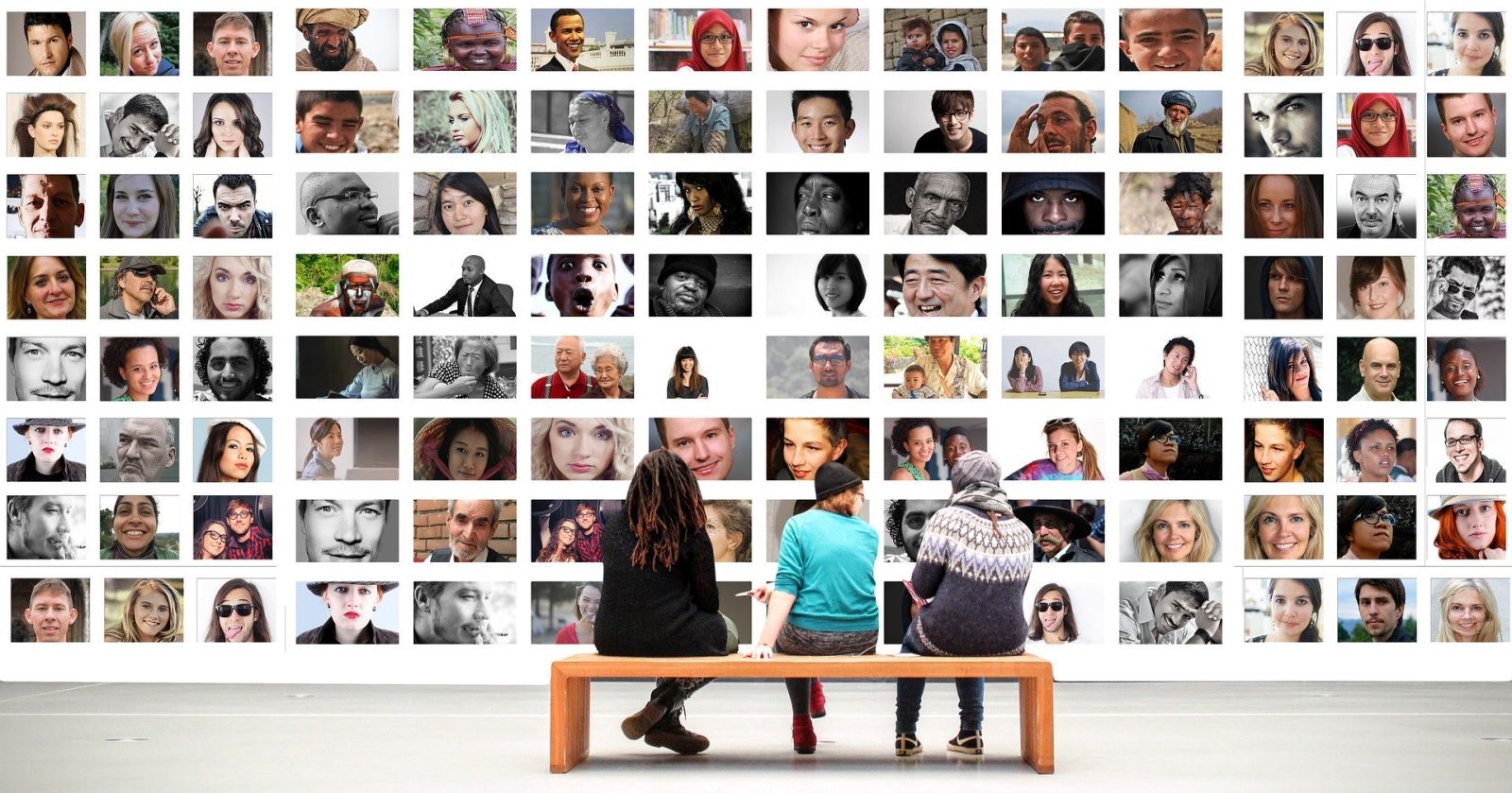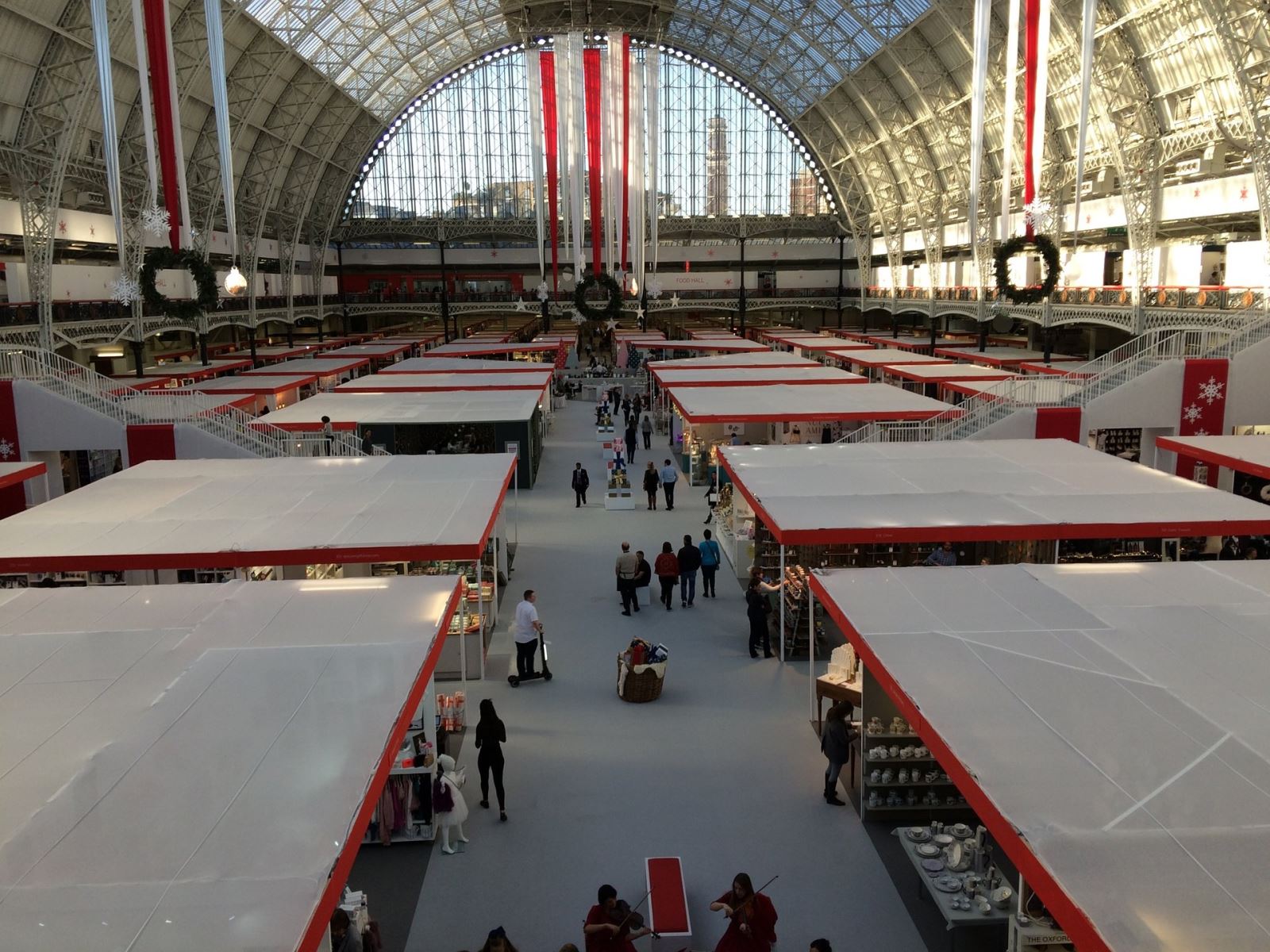As 2020 moves ever closer it is likely that event organisers are starting to plan for the upcoming season, whether that’s art displays, trade shows or something else entirely. This year when planning for your events, why not follow these tips to make it as accessible as possible?

Stats show that around 20% of the UK’s population identify as disabled, so it is important to make sure that event organisers are planning their events with inclusivity in mind. The team at Shape Arts recommend that organisers take some time to research the Social Model of Disability which looks at disabilities and accessibility needs as being social constructs made by barriers as opposed to a medical problem and offers suggestions on how to overcome these barriers as part of your planning. Using this as a starting point is a great way of being able to design the space in an inclusive and accessible way.
When constructing the event space make sure that providing access is the top priority – some accessible facilities are easy to come by, but others like BSL interpreters and in some cases, where the building is older, ramps and level access can take months to secure. These need to be planned for in advance to make sure that they are available, so add these into your budget and planning before you get started.
Speaking of older buildings, the venue can play a huge part in how accessible your event can be. Where possible try and go for something that is on street level and step free. If that’s not possible, booking a venue with a lift or ramps is the next best thing. It isn’t enough to make sure that there is level access, many people using mobility aids such as wheelchairs find that doors are not built wide enough and in a trade show or art exhibition setting, it can be difficult to manouver around the displays – make sure there is enough room!
It should be a standard feature, but not every building has an accessible bathroom – make sure that you check these things with the venue prior to booking it for your event.
Right the venue is booked and the space is filling up – now what? Well, why not take a look at your promotional material such as guides, invites and any other correspondence. These should be presented in an accessible way with contact details in case visitors or vendors need it in a different format. You could also get any staff or volunteers who are working the event to take part in some training so they are able to better assist any guests or vendors who need additional help. Whatever audience you’re catering for, it is important that everyone has an equal chance to exhibit and explore. Allow for various ways that they can make submissions to appear at the show and where possible ask them for suggestions to make the venue accessible – there might be specific facilities that you haven’t thought of!

Once you’ve gotten all the planning out of the way and the doors are ready to open, what else can you do to make sure the event is as accessible as possible? Here’s a checklist of some suggestions:
- Make sure heavy doors can be propped open
- Have water bowls on hand for guide dogs
- Have a quiet area
- Provide plenty of seating
- Subtitle films or provide transcripts
- Make sure that stalls, plinths or performance areas are at a height that is suitable for everyone.
- Provide an audio description where possible
- Make sure there is enough room between each piece of furniture
- Put tactile strips on the floor around furniture so that they are easily detectable
- Provide clear signs if there is going to be any flashing lights or photography
- If you’re providing refreshments, have a variety of cups and glasses available and provide straws.
Hopefully with these suggestions you should be able to make your next event as accessible as possible – think we’ve missed something out? Get in touch with us on Twitter and Facebook with your own advice for holding an accessible event.


 to add an item to your Itinerary basket.
to add an item to your Itinerary basket.


